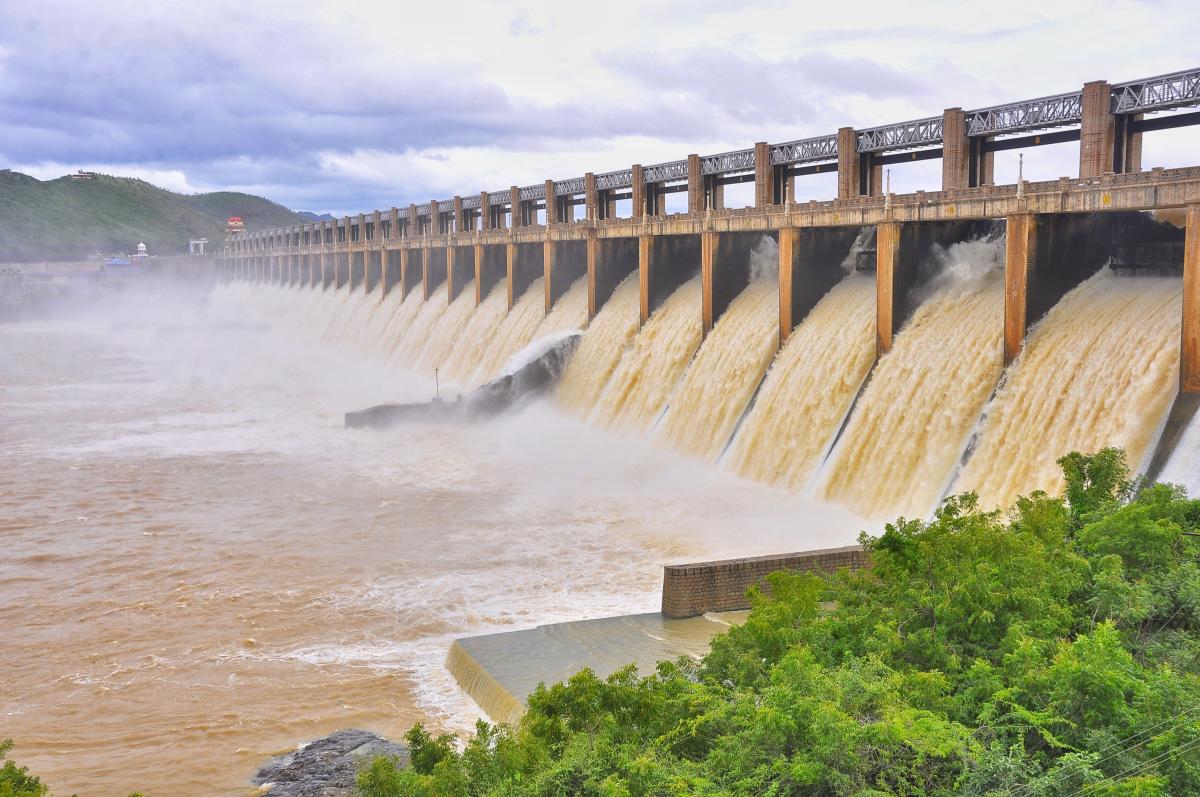
Why Centre, State governments sparred over Dam Safety Bill
The Union government insisted the law ensured the safety of large dams, but the State governments viewed it as a breach of federal rights

Parliament last week passed the Dam Safety Bill, 2019, amid much acrimony. The Bill was passed by the Lok Sabha in August 2019, but took over two years to make it through the Rajya Sabha due to strong resistance by the Opposition. Leaders from Opposition — particularly the Congress, DMK and TMC — moved a motion to send the Bill to the Parliamentary Standing Committee for scrutiny, but this was defeated in the House.
India has the third-biggest number of large dams in the world, after the US and China. Of its 5,745 large dams, around 80% are more than 25 years old. Over 225 large dams are more than a century old but fully functional. In this backdrop, the Centre wanted a law exclusively for dam safety. But the State governments — particularly Tamil Nadu — were opposed to it for certain reasons.
The law was, in fact, in the offing since 1986, but never made it because the State governments consistently vetoed the proposal. Their primary argument was that water comes under the State List, and it is therefore unconstitutional for the Centre to assume control of dams.
What the Dam Safety Bill entails
Under the new law, all States and Union Territories (UTs) will adopt a common set of dam safety guidelines. It will cover “surveillance, inspection, operation and maintenance of the specified dam for prevention of dam failure-related disasters”. It will also bring in an “institutional mechanism to ensure their safe functioning”.
Also read: Wonder why Chennai suffers floods and drought? It’s the poor infrastructure, stupid
A National Dam Safety Authority (NDSA) will be constituted, which will operate out of New Delhi. It will be headed by an officer not below the rank of Additional Secretary to the Government of India. The Authority will handle issues related to dam engineering and safety management.
The law also stipulates the formation of a National Committee on Dam Safety which will comprise the chairman of the Central Water Commission, up to 10 representatives of the Central government in the ranks of joint secretary, up to seven representatives of the State governments, and three experts. This committee will have a three-year tenure.
Also recommended is a State-level dam safety body that will investigate and gather data related to the design, construction, repair and enlargement of dams. Apart from dams, reservoirs and appurtenant structures will fall under its purview. This entity will keep the NDSA posted on events such as dam failures.
Why the Centre mooted the legislation
India has 5,745 large dams, most of which are constructed and maintained by the respective States. Some of the extensive dam networks that have major power projects linked to them are run by autonomous entities such as Damodar Valley Corporation and Bhakra Beas Management Board. Apart from these, around 450 dams are under construction now.
The Centre called dam safety an ‘issue of concern’ in the country as it presented its Bill. “Due to lack of legal and institutional architecture for dam safety in India, dam safety is an issue of concern. Unsafe dams are a hazard and dam break may cause disasters, leading to huge loss of life and property,” it said.
According to data shared by Union Jal Shakti Minister Gajendra Singh Shekhawat, around 40 dams have collapsed since Independence. As recently as November 2021, a breach of the Annamayya dam in Andhra Pradesh left 20 people dead. In 1979, the Machchhu dam in Gujarat collapsed, causing the death of thousands of people. Tamil Nadu and Kerala have been engaged in a decades-long row over the safety of the 126-year-old Mullaperiyar dam.
Why Tamil Nadu fought the Bill tooth and nail
Ahead of introducing the Bill, the Centre gathered feedback from the State governments, in 2016. Then Tamil Nadu Chief Minister J Jayalalithaa had some queries on the formation of the NDSA.
Also watch: Udhayanidhi Stalin: Is it another ‘son rise?’
Ever since it took charge last year, the DMK government has been opposed to the legislation, saying it does not consider the interest of States. Chief Minister MK Stalin said the Bill undermined the federal principles and powers of State governments. He called it an authoritarian law that usurped the rights of the State governments.
The BJP government at the Centre was a using brute majority to push the Bill, he said. The AIADMK, the primary Opposition party in Tamil Nadu, also supported the DMK’s stance. The TN Assembly passed a unanimous resolution that sought more consultation before the passage of the Bill in Parliament, but the Centre went ahead with it.
Tamil Nadu has pointed to various flaws in the legislation. It says it’s a blatant violation of States’ rights in terms of dam ownership and autonomy. Sometimes State governments construct dams in neighbouring States, with carefully laid out jurisdiction clauses. The new law will trigger issues in this regard, particularly over maintenance and operation, said the TN government.


